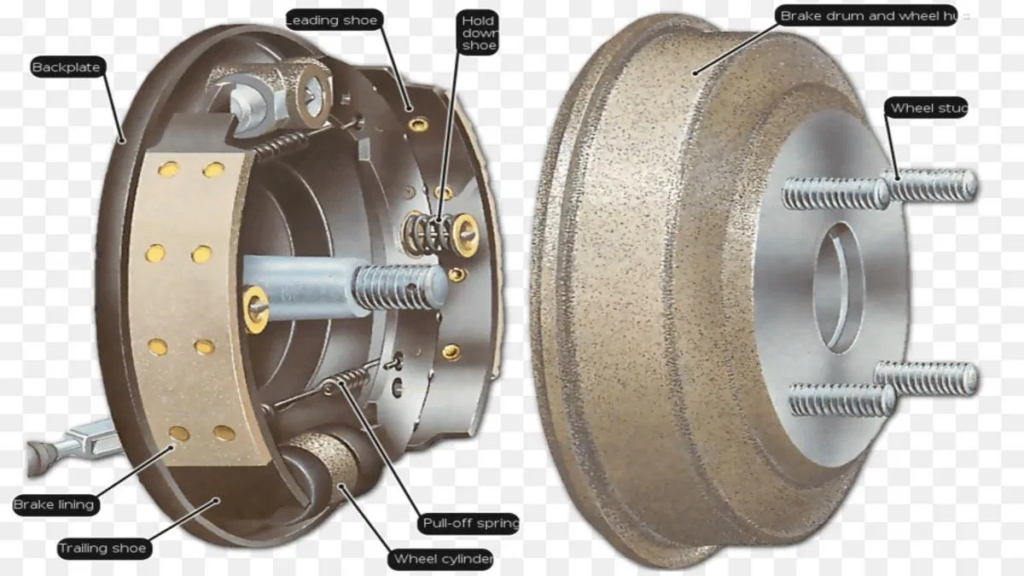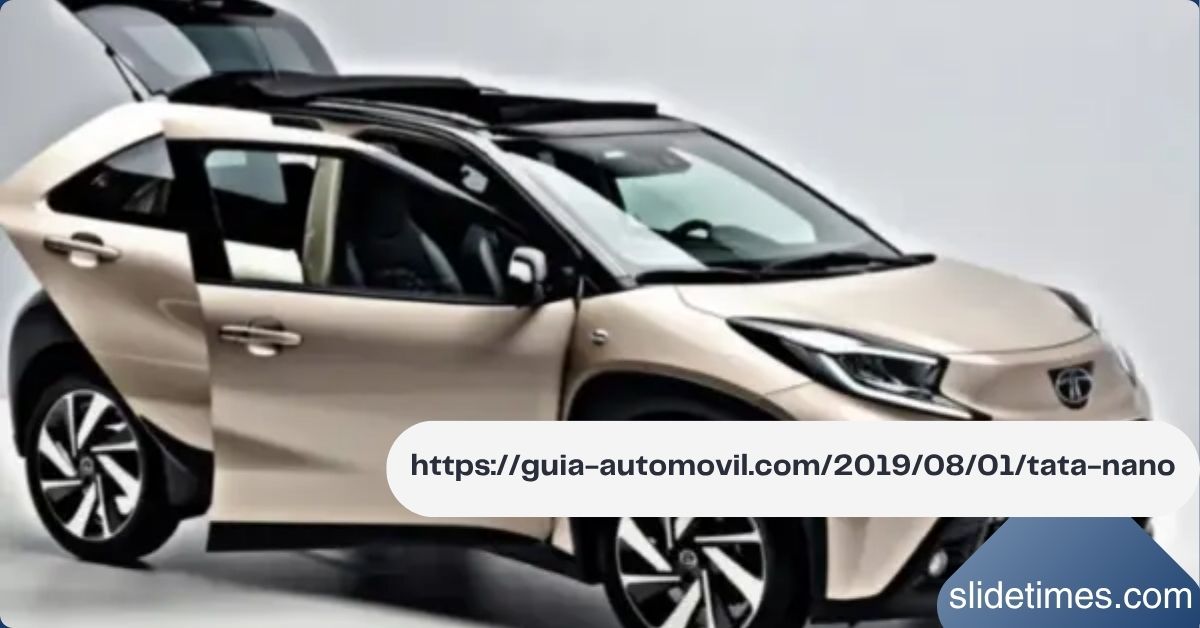The Tata Nano is the world’s cheapest car, introduced in India in 2008. Designed with the vision of providing an affordable and safe option for millions of Indian families, it was touted as the “People’s Car”. But, how does it hold up today? Let’s dive into the Tata Nano review, explore its features, and compare it to other cars in its class.
Table of Contents
- History of the Tata Nano
- Unique Features and Design of the Tata Nano
- Performance and Fuel Efficiency
- Safety Features
- Price and Affordability
- Comparison to Other Cars in its Class
- Customer Reviews and Satisfaction
- Future Plans for the Tata Nano
- FAQs
- Final Thoughts on the Tata Nano
History of the Tata Nano
The Tata Nano made its debut in 2008 at the Delhi Auto Expo, attracting global attention as the world’s cheapest car. Conceived by Ratan Tata, the Nano was created to be an affordable alternative for families who couldn’t afford a two-wheeler or four-wheel vehicle.
Despite early excitement, the car faced production delays and consumer perception issues. Over time, the Nano became more than just an affordable option; it symbolized aspirations of car ownership for millions in India.

Unique Features and Design of the Tata Nano
The Tata Nano stands out with its unique design, optimized for city driving. Here are some key features:
Also Read: DGH A: Revolutionizing Performance and Efficiency Across Industries
- Rear-Mounted Engine: The Nano features a 624cc engine at the rear, allowing more space inside and contributing to better handling.
- Compact Design: Measuring just 3.1 meters in length and 1.5 meters in width, the Nano is perfect for navigating narrow streets and tight parking spaces.
- Eco-Friendly Materials: Tata Motors incorporated eco-friendly materials into the production of the Nano, making it a more sustainable option for urban commuters.
Performance and Fuel Efficiency
The Tata Nano is equipped with a 0.6L two-cylinder engine, which provides sufficient power for city driving. It’s not the fastest car, but it’s designed for efficiency and maneuverability in urban environments.
- Fuel Efficiency: The Nano is highly fuel-efficient, offering mileage figures up to 25.1 kilometers per liter.
- City Maneuverability: Its compact size and lightweight design make it ideal for navigating through city traffic and narrow lanes.
Safety Features
Safety is an essential factor, and the Tata Nano comes equipped with a range of basic safety features:
- Sturdy Body Structure: The car is designed to absorb impact during a collision, enhancing safety.
- Seatbelts: Seatbelts are provided for all passengers, ensuring basic safety.
- Optional Airbags: Some variants offer airbags as an optional safety feature.
- Drum Brakes: Front and rear drum brakes provide adequate braking performance in city conditions.

Price and Affordability
When the Tata Nano was launched, it had a starting price of just Rs 100,000, making it the cheapest car in the world. Over time, the price has increased, but it remains highly affordable compared to other cars in its class.
Also Read: Amateurallrue: Understanding a Unique Hybrid Concept
- Affordability: The Nano offers exceptional value for money, especially for first-time car buyers.
- Low Maintenance Costs: The car’s spare parts are widely available and relatively inexpensive, making maintenance affordable.
Comparison to Other Cars in its Class
When compared to other compact cars like the Maruti Suzuki Alto or Hyundai Eon, the Tata Nano stands out primarily due to its price. While it’s one of the smallest in its class, its affordability makes it a strong competitor.
| Feature | Tata Nano | Maruti Alto |
| Engine Capacity | 624cc | 796cc |
| Mileage | 23.9 km/l | 22.1 km/l |
| Price | ₹2.36 Lakh | ₹3.54 Lakh |
| Fuel Type | Petrol/CNG | Petrol |
| Seating Capacity | 4 | 4 |
Price Comparison: Nano is more affordable than its competitors like Alto and Eon.- Size Comparison: Nano is one of the smallest, making it more suitable for city driving but less spacious for long journeys.
Customer Reviews and Satisfaction
Customer feedback for the Tata Nano has been mixed. Many appreciate its affordability, compact design, and fuel efficiency. However, some users have noted that its performance on highways is not ideal, and comfort levels can be low during long drives.
Overall, owners often highlight the ease of parking and maneuverability in busy cities as key benefits of the Nano.

🚗 Future Plans for the Tata Nano
The Tata Nano, once celebrated as the world’s most affordable car, is making a remarkable comeback in 2025—not as a mere revival, but as a fully reimagined electric vehicle (EV) designed for modern urban mobility.
⚡ Tata Nano EV 2025: A New Era
The 2025 Tata Nano EV marks a significant transformation from its original incarnation. Now equipped with an electric powertrain, it aims to offer an affordable, eco-friendly alternative for city commuters.
Also Read: Qawerdehidom: Exploring Its Cultural Significance and Modern Relevance
Key Features:
- Electric Powertrain: The Nano EV is powered by a lithium-ion battery, offering a practical range exceeding 200 km on a single charge, making it suitable for daily urban use.
- Modern Design: Retaining its compact size, the Nano EV features updated styling with aerodynamic enhancements, LED lighting, and a more spacious interior.
- Advanced Features: The new model includes modern amenities such as a touchscreen infotainment system, digital instrument cluster, and improved safety features like dual airbags and ABS.
- Affordability: With an expected price range between ₹5 to ₹6 lakh, the Nano EV is positioned as one of the most budget-friendly electric cars in India.
📈 Tata Motors’ EV Strategy
Tata Motors is investing heavily in electric mobility, aiming to launch 10 new EV models by FY26 and increase its EV portfolio to over 30% by 2030. This strategic move underscores the company’s commitment to sustainable transportation solutions.
The Tata Nano EV 2025 is set to redefine affordable electric mobility in India, combining the Nano’s legacy with cutting-edge technology to meet the needs of today’s eco-conscious urban drivers.
FAQs
Is Tata Nano a good choice for daily commuting in the city?
Yes, the Tata Nano is perfect for daily city commuting due to its compact size, easy maneuverability, and excellent fuel efficiency, making it ideal for congested urban roads.
How does the Tata Nano compare to other budget cars in terms of price?
The Tata Nano is one of the most affordable cars in India, offering a lower price point than many other budget options like the Maruti Alto and Renault Kwid, without compromising on basic features.
What makes the Tata Nano fuel-efficient?
The Tata Nano features a lightweight design and a small 624cc engine, which contributes to its impressive fuel efficiency of up to 25.1 km/l, making it an eco-friendly choice for budget-conscious drivers.
Can the Tata Nano handle highway speeds effectively?
While the Tata Nano is designed for city driving, it may struggle on highways due to its small engine and limited power, especially when fully loaded or at high speeds.
Is the Tata Nano still available in the market?
The Tata Nano was discontinued in 2018, but it can still be found in the second-hand market, offering an affordable option for buyers looking for a compact, budget-friendly car.
Final Thoughts on the Tata Nano
The Tata Nano may not have been the sales success that was initially hoped for, but it remains a significant milestone in the automotive industry. It proves that affordability in cars can be achieved without compromising on basic features.
Though production has ended, the Tata Nano continues to inspire discussions around affordable, fuel-efficient vehicles for urban areas.
